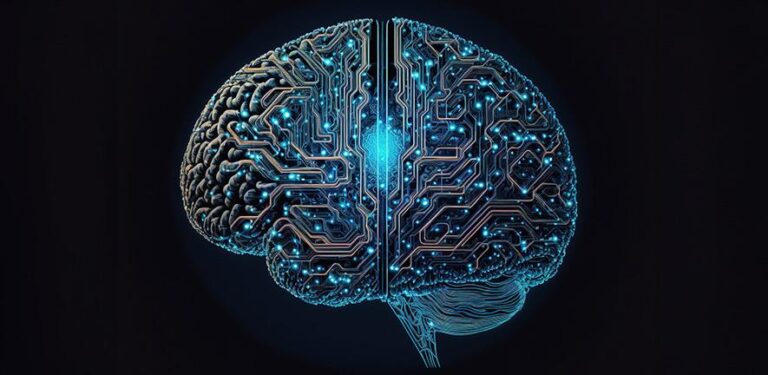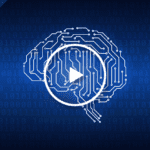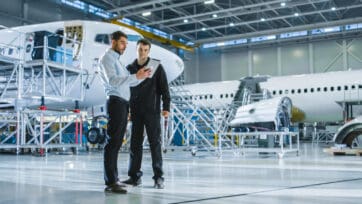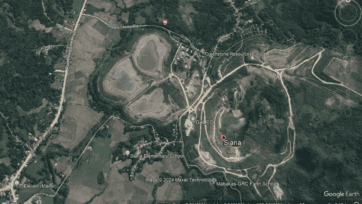(Image credit: University of Cambridge)
Cambridge scientists have made a groundbreaking discovery in the field of artificial intelligence (AI), demonstrating how physical constraints can lead to the development of brain-like features in AI systems. This approach mirrors the natural limitations that the human brain faces, allowing the AI to self-organize and solve complex tasks efficiently.
Unraveling Neural System Organization
Neural systems, including the human brain, constantly face the challenge of balancing diverse demands. The need for energy and resources to sustain the network in physical space must be harmonized with the optimization of the network for information processing. This intricate trade-off shapes the organization of brains across various species, offering a potential explanation for the convergence of similar organizational solutions.
Jascha Achterberg, a Gates Scholar from the Medical Research Council Cognition and Brain Sciences Unit (MRC CBSU) at the University of Cambridge, highlighted the brilliance of the brain in problem-solving with minimal energy consumption. By emulating the brain’s problem-solving abilities and its resource efficiency goals, the researchers aimed to unravel the mysteries of brain organization.
AI System Emulating Brain Characteristics
In their study, published in Nature Machine Intelligence, the researchers designed an artificial system, modeling a simplified version of the brain. Instead of real neurons, the system employed computational nodes, akin to neurons in function. A crucial addition was the imposition of ‘physical’ constraints on the system, where each node was assigned a specific location in a virtual space. The farther apart two nodes were, the more challenging communication became—a replication of how neurons are organized in the human brain.
The system was tasked with a maze navigation problem, resembling challenges given to animals in neuroscience studies. Initially clueless about completing the task, the AI system, through feedback-driven learning, adapted by adjusting the strengths of connections between its nodes. The physical constraint, mirroring the brain’s costly long-distance connections, led the system to develop strategies observed in real human brains.
Implications and Future Prospects
The implications extend beyond neuroscience, offering potential applications in AI design. The study opens doors for the development of more efficient AI systems, especially in scenarios with physical constraints. Dr. Danyal Akarca emphasized that understanding neurobiology provides inspiration for creating flexible and efficient neural systems.
The research not only contributes to unraveling the intricacies of the human brain but also hints at the prospect of designing AI architectures inspired by brain-like structures. The exciting possibility of robots with brain structures resembling ours, particularly in energy-constrained scenarios, could reshape the landscape of AI applications in the real world. As AI researchers strive to create flexible and efficient neural systems, insights from neurobiology may prove invaluable in shaping the future of artificial intelligence.
References
Claire 2023, WAI system self-organises to develop features of brains of complex organisms, University of Cambridge, viewed 29th November 2023, https://www.cam.ac.uk/research/news/ai-system-self-organises-to-develop-features-of-brains-of-complex-organisms




















